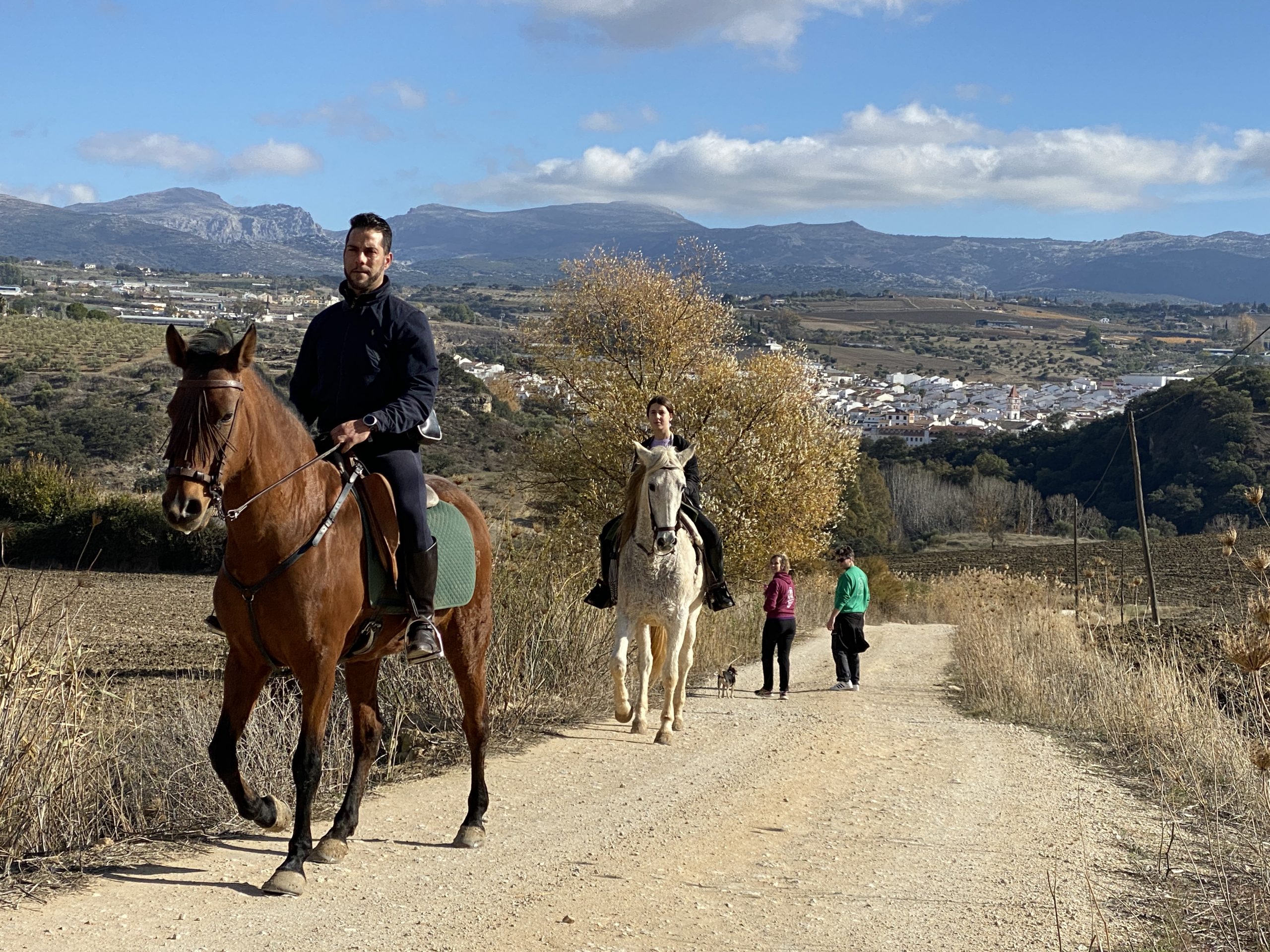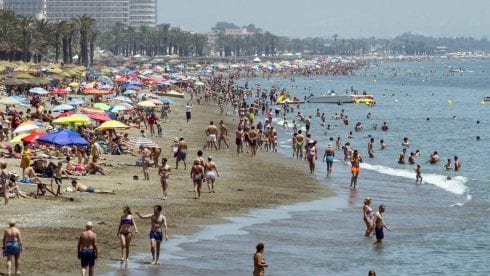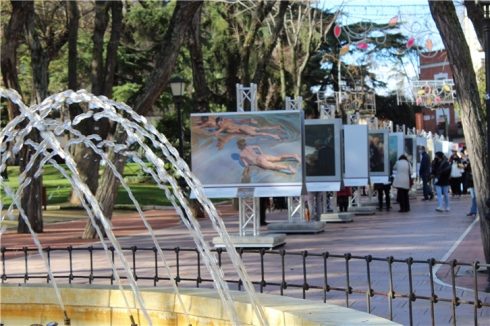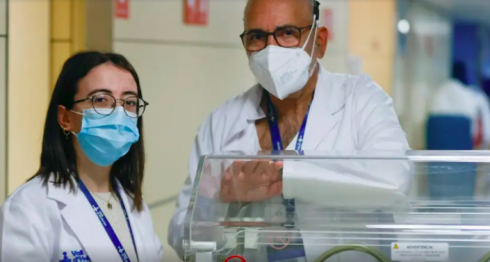IT feels like the Land that Time Forgot as you drop deeper and deeper into the hidden gorge above the village of Arriate.
Among a rich and diverse canopy of trees and undergrowth lies a secret world of ruined olive mills, cave houses and ancient burial sites.
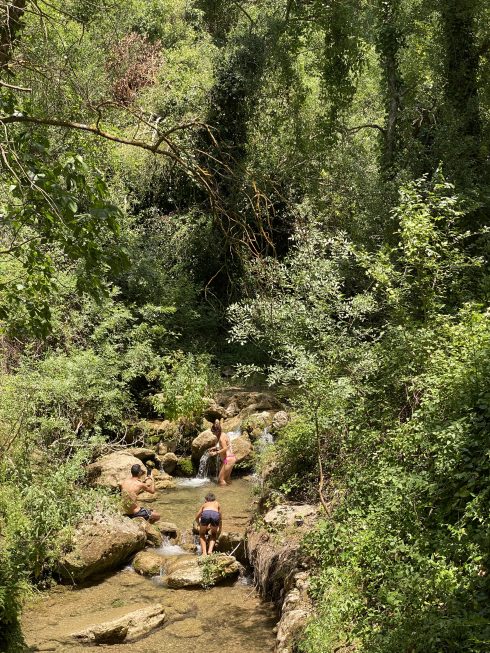
Easily one of Andalucia’s most interesting walks, Arroyo de la Ventilla is reasonably well signposted with plenty of information panels pointing out the variety of flora and fauna, as well as the dozens of rare birds that inhabit its wild expanses.
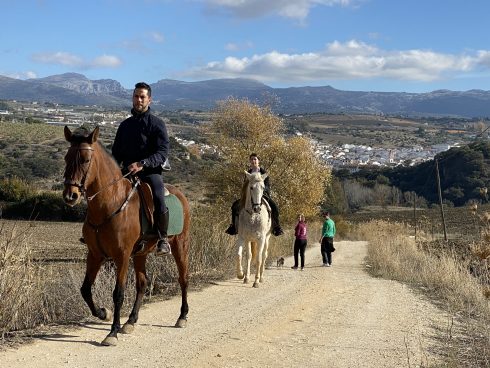
Best of all though, unlike its nearby neighbour, the famous Tajo gorge of Ronda, you are unlikely to meet anyone circumnavigating its leafy circular path. Few people know of the Arriate cousin that may be narrower, but more than makes up for foliage.
Starting at the village cemetery, you have a choice of walking the path either clockwise or anti-clockwise and the entire route takes little more than an hour.
This gives you plenty of time to explore the typical white village, that is the very definition of the Andalucian vernacular, formed at the confluence of two rivers in a wide open plain.
Dubbed some years back as the ‘People’s Republic of Arriate’ for its left-wing political leanings, which has seen the IU communist party or PSOE socialists in power since Franco’s death in 1975, it is without a doubt one of the friendliest villages in Andalucia.
It is no surprise to learn then, that in the run up to the civil war in 1936, the town’s defence committee was run by anarchists, who with the CNT had the strongest trade union in the area.
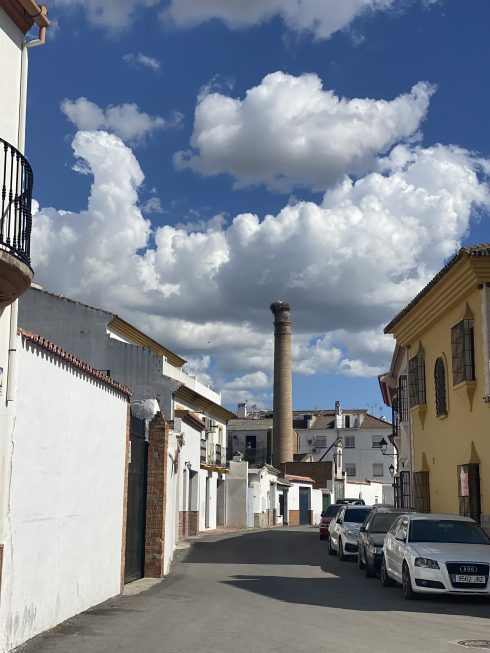
Arriate is also something of an island being entirely surrounded by the district of Ronda, despite being independent for nearly four centuries.
Just eight-and-a-half square kilometers in size, it declared its independence in 1630 when the locals stumped up a sizable 352,739 Maravedies to differentiate themselves from Ronda.
Its name came from the Arabic term Arriadh, which means ‘the gardens’… and from where the former Moorish rulers of Ronda had mostly got their fruit and vegetables.
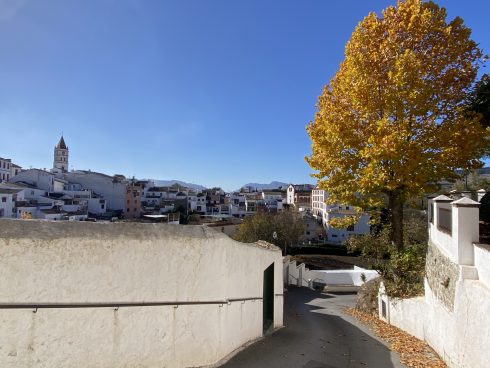
This is easy to understand if you follow the Arroyo de la Ventilla river down below the village into the so-called ‘huerta de abajo’ (lower allotments), where it merges with the Guadalcobacin River.
Here were once dozens of Roman villas and an area of irrigated farms and fincas, many that still function to this day.
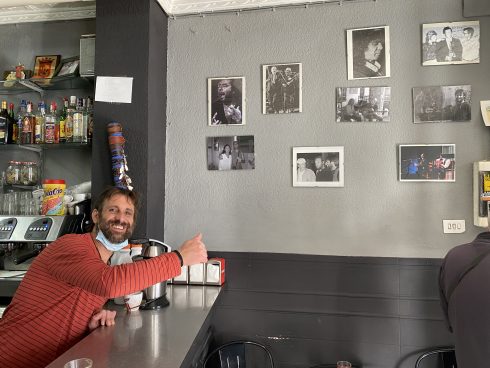
This is part of the GR 249.5 footpath – also known as the Gran Senda de Malaga – which takes hikers on a wonderful two hour walk up to Ronda, off the beaten track.
Some 9kms in length, it winds through the Arriate valley before criss-crossing the wonderful wide-open Llano de la Cruz valley below Ronda.
But before heading off make sure to stop and visit the local church and, in particular, one of the various ham factories that are in some cases centuries old.
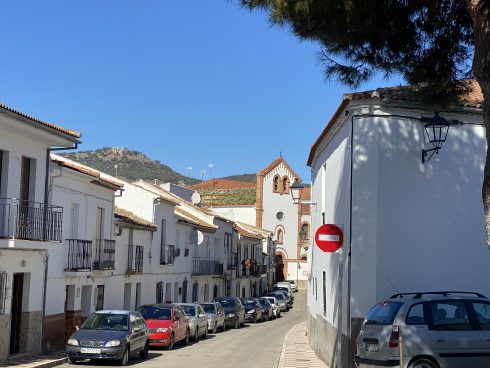
One of these in the charming pedestrianised Calle Callejuela has been open as a shop since 1900, a fact proven by the number carved into its pretty wrought iron doorway.
Another must visit is the ancient Ideal Cinema that has been converted into one of the hippest restaurants to open this year.
The brainchild of brothers Roberto and Monolo Rivera, they have undertaken a wonderful conversion of the 1940s film house.
The colourful open-plan restaurant is a real gem with all its cine memorabilia scattered around the place and on the walls.
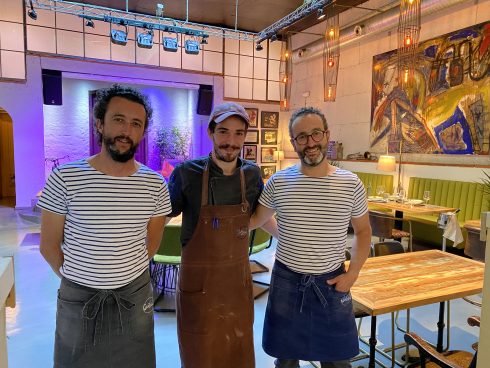
The restaurant is still in its fledgling stages with chef Ivan Tirado, who trained at nearby two Michelin-star restaurant Bardal, in Ronda.
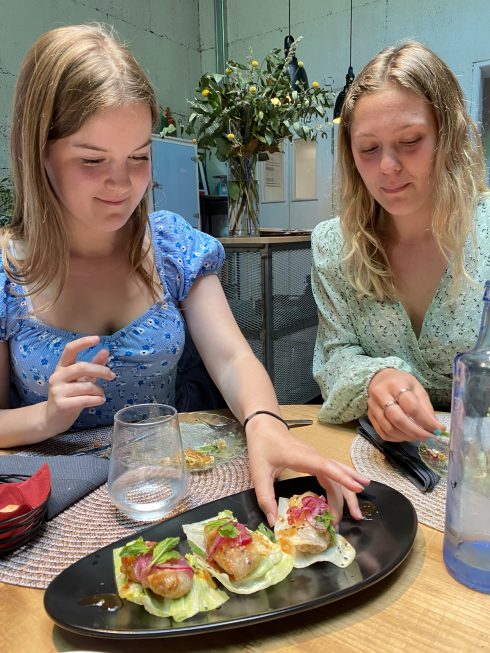
And there are more good places to eat in Arriate, including the new Malacana, which sits just below the church.
This is an old converted storeroom and has a heavy focus on tapas.
Just on the outside of the village look out for the well established El Muelle, run by Dutchman Frank, who has a great eye for detail and changes his menu regularly.
A great place to stay is the wonderful farm Casa Maia, just outside the village.
READ ALSO:
- Arriate is the buzzing Spanish village just outside Ronda that is Andalucia’s best kept secret
- Ronda: Why this hilltop town in Andalucia is the best inland destination in Spain
Click here to read more News from The Olive Press.

